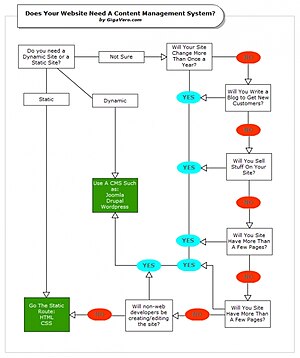
Image by zigazou76 via Flickr
This is the first in what will be a weekly article talking about the “art of organizing” and how traditional political organizing techniques can be used to engage comic book fans, both new and old. While I love my comic books and have been reading them since I was a kid, for the last 14 years I’ve been knee deep in the political trenches bouncing around and performing almost every job imaginable, but over the last six years I’ve been primarily focused on new media and using online tools to organize. I also have a reputation as a data nerd.
I’m sure you’re asking, “how does this person have any idea of what we as a retailer or publisher deal with?” The answer is simple, I used to do both. During my late teens and early twenties I was a register jockey at my local comic book store, and eventual partner in a store. One of those stores also took on a managerial role for a local comic book artist, eventually publishing his debut comic. Now, this is before websites or the online tools today, so organizing back then involved flyers and word of mouth. But, I think this puts me in a good position to understand the difficulties retailers and publishers face, but also detached enough to be blunt and honest in suggestions and critiques.
To start off, I’m going to let you know a little secret about politics, it’s a numbers game. For all the theatrics better suited for a wrestling ring, election politics really is broken down into numbers and data. These two things drive the modern day campaign. So much so in fact, that I can predict how many people will give money, or take some sort of action (like write their elected official), often down to the tenths of the percentage.
Here’s an example of how things have grown over the years. If you ask someone in politics about voters, you might hear them describe the voters in terms of “1,” “2,” “3,” “4” and “5.” These numbers for the person who deals with elections is how likely someone will vote in an election. We, the organizers, have access to voter data and how often people vote. If someone votes every primary and every general election, they’d be a “1.” If someone isn’t reliable and only votes in general elections, they might be a “4” or “5” depending on how often they do so. When I started out, this information was tracked on index cards and excel spreadsheets. Today, this information is now in online databases that also has people’s addresses, phone numbers, email addresses and a whole host of other data.
To use this information, the campaign usually focuses on the “1” in the primary (especially when it’s a contested primary) as these people are your most likely to vote, you can count on them. So, logically you’d want them in your corner and once they are, you don’t need to worry about mobilizing them. They’ve shown they have a habit of voting. From there, you’d work your way down the line until you’ve contacted everyone you could, finishing with your “5”. When it comes to election day and getting out the vote, while you may remind your “1,” the bulk of your focus is elsewhere. The “1” can be counted on (though you should never take them for granted). Your main focus are the people with history but are inconsistent, your “2” but primarily “3” or “4.” Those individuals need more pushing to get them out to vote, so that’s where the bulk of the effort is.
So, how does this apply to your store’s customers, or a publisher’s readership? The answer is who are you focusing your efforts on? I’m sure as a store, you have customers that are in every week. Those customers that are plugged in and know everything that’s going on without you telling them. Should your efforts be focused on them, or should your efforts be on those infrequent customers? Those are the one’s which you might be able to turn into your “1.” If you get someone to vote once, great, you get them to vote twice, it becomes a habit. They turn into a “1,” which frees you up to focus on another “2” or “3.”
It’s a numbers and data game. This frequency could also allow you to model how likely or often a customer will be at your store and mix it with their usual spending habits, you can predict your weekly income. Take this store visiting frequency and add in what books they’re buying. When a new comic staring that character comes out, your “1” will show up, but maybe a “2” or “3” needs to be told the new book is out. With today’s organizing tools, this is both easy to do and cheap. Most importantly, it’s effective.
Up next is going over the tools that exist to help you track your customer data, organize your customers and how you can use those customers to pitch for you.










